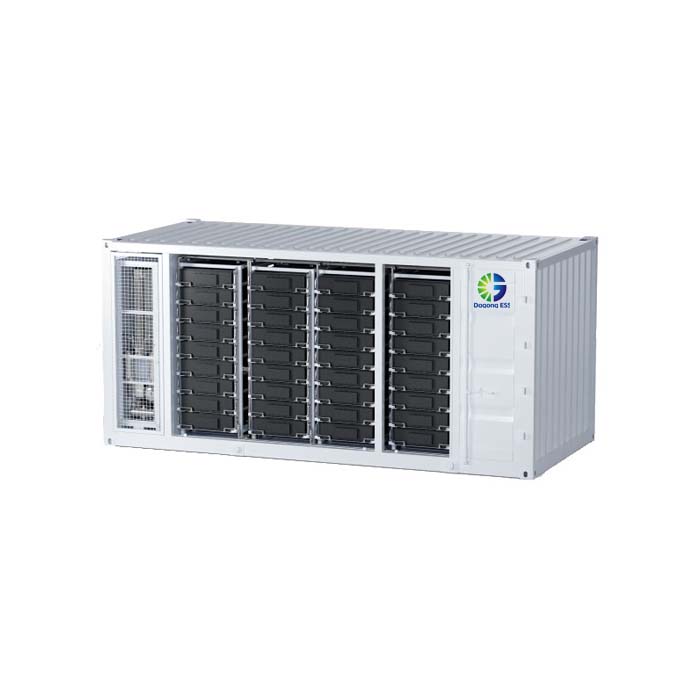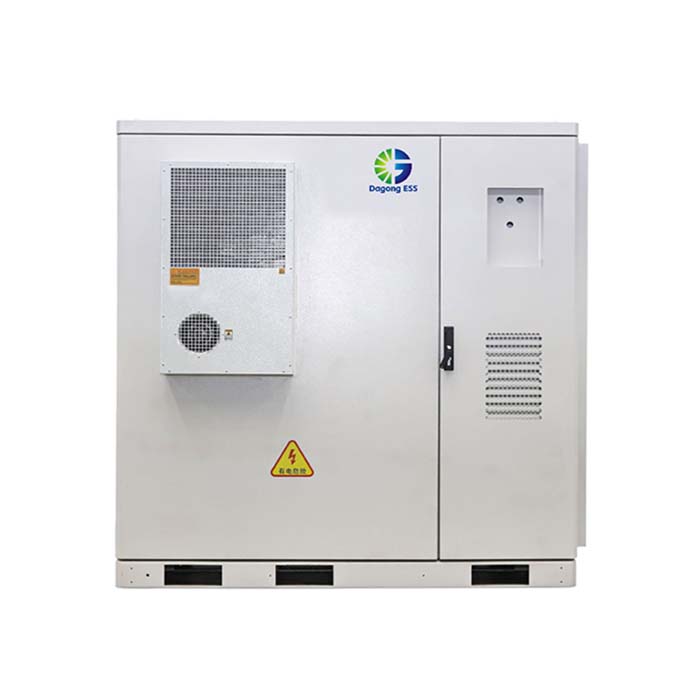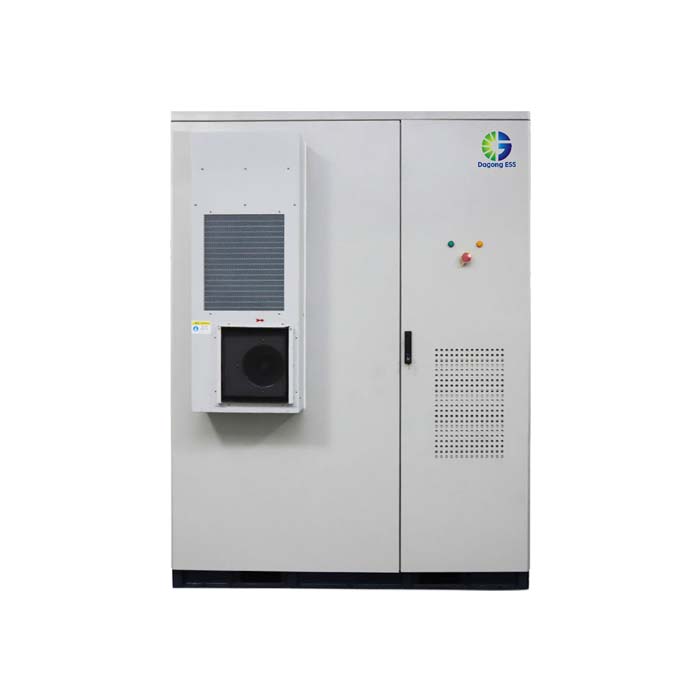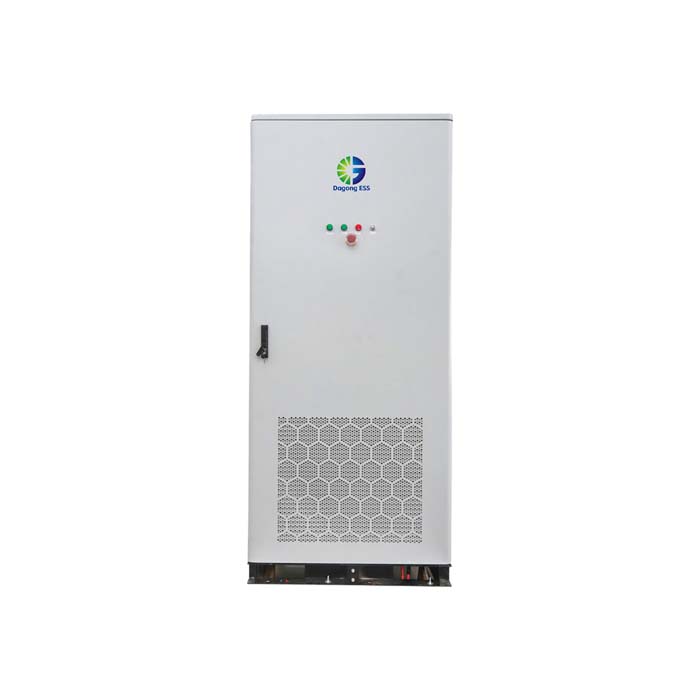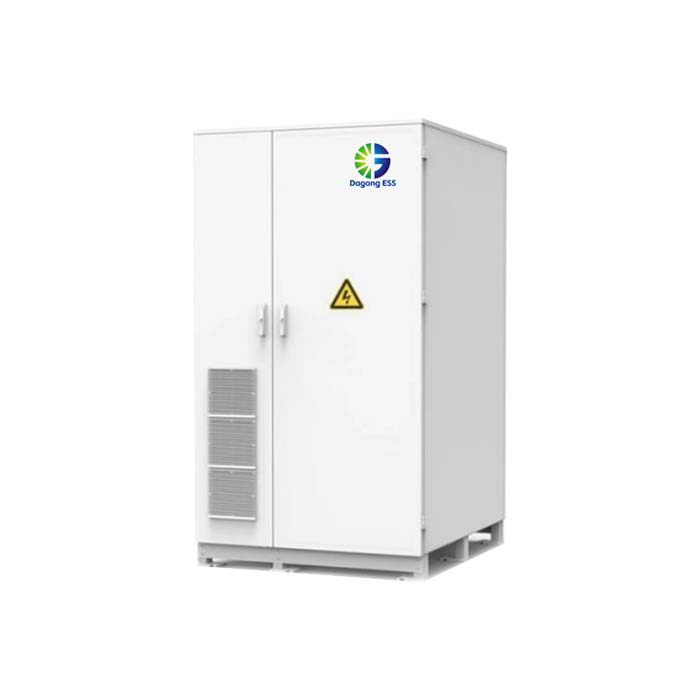Rated Capacity vs. Usable Capacity in Energy Storage Systems
What is Rated Capacity vs. Usable Capacity?
In energy storage systems, Rated Capacity refers to the total amount of energy a battery is designed to store, typically expressed in kilowatt-hours (kWh). This is the theoretical maximum energy content under ideal conditions. In contrast, Usable Capacity (also known as Net Capacity) represents the actual amount of energy that can be discharged from the battery during operation, accounting for system limitations, safety margins, and Depth of Discharge (DOD).
For example, a 100 kWh battery might only have 90 kWh of usable capacity if designed with a 90% DOD for longevity and safety.
Types of Capacity in Energy Storage Systems
Rated (Total) Capacity
Full theoretical energy stored when battery is fully charged.
Usually listed in product datasheets.
Usable (Net) Capacity
Actual energy available for end-users.
Often reduced to prolong battery life or ensure stable operation.
Nominal Capacity
Sometimes used interchangeably with rated capacity, especially in lithium-based systems.
Features of Rated vs. Usable Capacity
Design Consideration: Rated capacity is key for comparing total system potential, while usable capacity is critical for real-world application planning.
Battery Lifespan Impact: Reducing usable capacity via partial cycling (e.g., 80% DOD) can extend the life of lithium-ion batteries.
Efficiency Factors: Inverter losses, internal resistance, and environmental temperature also impact how much of the rated capacity is usable.
Customization: Some manufacturers allow configuration of DOD and reserve margins to meet project-specific requirements.
Applications of Rated and Usable Capacity
Understanding the difference is crucial across multiple sectors:
Residential ESS: Helps homeowners estimate how long a battery can support appliances during outages.
Commercial & Industrial Projects: Affects ROI calculations, peak shaving strategies, and energy arbitrage performance.
Renewable Integration: Ensures solar/wind systems are matched with storage capable of handling real-world output patterns.
Grid Services: Precise usable capacity determines system eligibility for frequency regulation or demand response programs.
Price of Systems Based on Capacity
The cost of an energy storage system can vary significantly depending on both rated and usable capacity. For instance:
A system with 100 kWh rated and 90 kWh usable capacity will typically be priced lower than one with a full 100 kWh usable output due to lower cycle stress.
Pricing is often quoted based on usable capacity to reflect practical performance.
Pricing also depends on:
Battery chemistry (e.g., LFP vs. NMC),
System configuration (rack, cabinet, containerized),
Cooling method (air-cooled vs. liquid-cooled),
Trade terms such as EXW, FOB, or CIF.
How to Select the Right Capacity for Your Project?
Define Load Profile: Analyze daily energy usage and peak demand.
Consider DOD Requirements: Match expected usage patterns with suitable DOD to balance usable capacity and cycle life.
Evaluate Round-trip Efficiency: Account for inverter and thermal losses.
Choose the Right Battery Type: LFP is typically safer and supports deeper discharge cycles.
Consulting with a professional ESS supplier can help tailor the system to exact project needs.
How Long Does a System Last?
The lifespan of an ESS is influenced by its usable capacity and how frequently it is cycled. Systems with conservative DOD (e.g., 80%) may last:
5,000 to 10,000 cycles (or 10–15 years), depending on battery chemistry and use environment.
Systems that use full rated capacity regularly may degrade faster.
The Supplier of Rated & Usable Capacity ESS
Dagong ESS(Dagong New Energy) focus on comprehensive solutions for new energy intelligent equipment.If you are looking for BESS or want to know more about the technical information, Feel free to reach out to us by sending an inquiry to our corporate email at sales@dagongess.com, or simply visit the "Contact Us" page on our website to leave your message. We will respond to you promptly.


